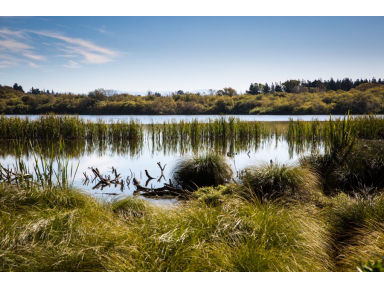Ecological Restoration

Extract from New Zealand Plant Conservation Network
Restoration has become a major conservation activity worldwide. This is especially true in New Zealand where communities, landowners and government agencies have massively increased their attention to restoring biodiversity to the landscape now that so much of it has been destroyed. Restoration means many things to many people as the term is also applied to antique furniture, art work or buildings. But just as you would restore an historic building to its original splendour, one can also attempt to restore biological communities.
We provide services for ecological restoration projects - when you are planning a planting project be aware that it takes two years to grow a plant - arrange with a grower to have your plants ready when you need them. Many a planting project has been derailed because the plants were not available when required.
Pro-tip: Eliminate the plant sourcing risk by engaging a grower at least one year in advance, and 2 years in advance when you are planning to use locally eco-sourced plant material.
There are several kinds of restoration:
- Revegetation
- Rehabilitation
- Species recovery
- Ecological restoration
Definitions:
Revegetation - involves re-establishing a plant cover of some kind: indigenous, exotic, or mixed. It may be done for a variety of purposes, such as erosion control, stabilising batters along roadsides or canals, reestablishing plants on mining sites, or beautifying an unattractive area. There may be no particular need to restore the plant cover to a former state.
Rehabilitation - the emphasis in rehabilitation work has been to replace lost vegetation, often with something generally similar, but with no particular aim of re-instating a system from a
former time period. Where eradication of a pest species is possible, such as on an island or fenced-off mainland peninsula, natural regeneration of plants may be sufficient to rehabilitate the area without further intervention.
Species recovery - involves specific actions to prevent a species from going extinct or to restore a species and its habitat. Species recovery in New Zealand often involves the preparation of a species recovery plan. This is a statement of intentions for conservation of a particular plant or animal species over a given time period. They are intended to guide the conservation management of a species by providing information about the species and goals and objectives for management. In New Zealand the Department of Conservation is responsible for producing the majority of species recovery plans for threatened plants although other agencies and community groups or landowners can also produce them.
Ecological restoration - is defined as management that aims to restore particular biotic communities to a condition more like that of a selected time period in the past. It is concerned with both animals and plants as parts of self-maintaining communities and is therefore system orientated rather than species-oriented. However, attention to the ecological requirements of individual species, both the dominant plants and animals, and other less common species, is essential for success with restoration. Furthermore, improving the chances of survival for some threatened species often requires re-establishment of suitable habitats.

Hours
Open 7 days a week: 10am-4pm